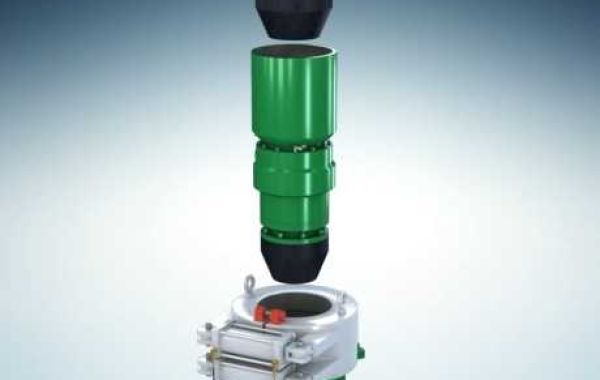Downhole equipment plays a crucial role in ensuring wellbore stability by providing essential functions and mitigating potential risks.
Key Downhole Equipment for Wellbore Stability
Drill Bits: The drill bit is the primary tool used to cut through rock formations. Different types of drill bits, such as roller cone bits and fixed cutter bits, are chosen based on the specific geological conditions encountered. The right drill bit can help minimize rock cuttings and prevent borehole collapse.
Drill String: The drill string connects the surface equipment to the drill bit and transmits rotational and axial forces. It is essential for maintaining wellbore alignment and preventing excessive bending, which can lead to borehole instability. Drill string components, such as drill collars and stabilizers, help control borehole deviation and provide support.
Mud Pumps: Mud pumps circulate drilling fluid down the drill string and back to the surface. The drilling fluid serves multiple purposes, including:
Lubrication: Reducing friction between the drill string and the borehole wall.
Cooling: Preventing overheating of the drill bit.
Hole cleaning: Removing cuttings from the borehole.
Wellbore support: Providing hydrostatic pressure to counterbalance formation pressure and prevent borehole collapse.
Mud Motors: Mud motors are downhole rotary drives that provide additional torque and rotational speed to the drill bit. They are particularly useful in directional drilling operations and can help maintain wellbore trajectory and stability.
Downhole Tools: Various downhole tools, such as logging tools and measurement while drilling (MWD) tools, are used to gather information about the borehole and surrounding formations. This data helps engineers make informed decisions about drilling parameters and wellbore stability measures.
Strategies for Enhancing Wellbore Stability
Proper Drilling Fluid Selection: Choosing the right drilling fluid formulation based on formation properties and drilling conditions is essential. Factors to consider include fluid density, viscosity, and additives.
Optimized Drilling Parameters: Controlling drilling parameters, such as weight on bit, rotary speed, and flow rate, can help prevent borehole instability.
Real-time Monitoring: Using MWD and logging tools to monitor borehole conditions in real-time allows for early detection of potential instability issues and prompt corrective actions.
Wellbore Strengthening Techniques: In challenging formations, techniques like casing, cementing, and liner installation can be used to strengthen the borehole and prevent collapse.
By understanding the role of downhole equipment and implementing effective strategies, operators can significantly enhance wellbore stability, reduce drilling risks, and improve overall well performance.







